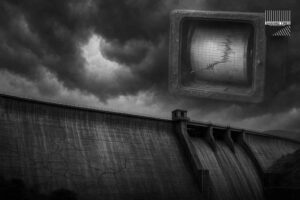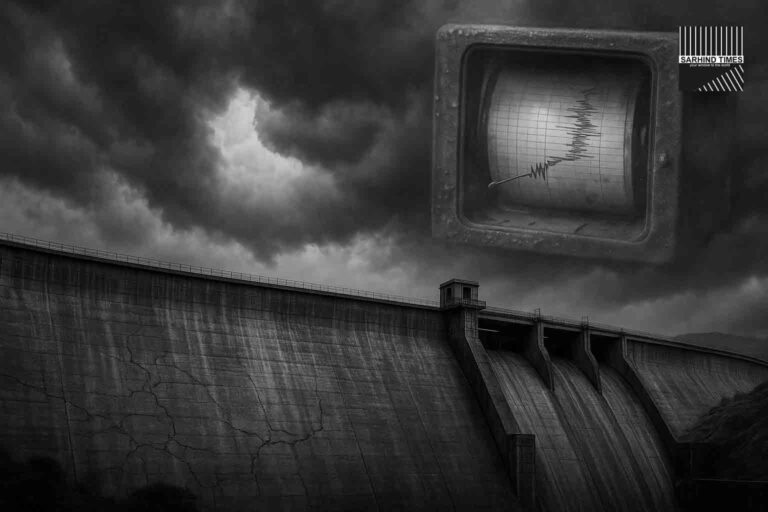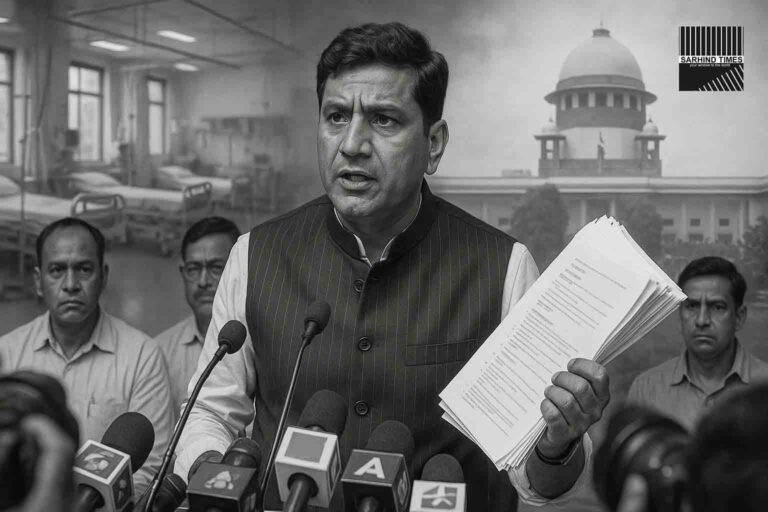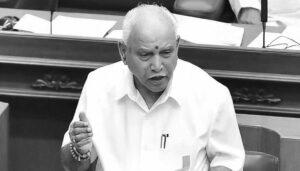Bengaluru, June 14, 2024 – In response to the alarming frequency of elephant deaths caused by electrocution, the Karnataka High Court has taken suo moto cognizance and initiated a Public Interest Litigation (PIL) to address the issue. This judicial intervention comes as a crucial step towards protecting the state’s wildlife and ensuring accountability for these tragic incidents.
Judicial Concern for Wildlife Conservation
The suo moto PIL was initiated by a division bench comprising Chief Justice Prasanna B. Varale and Justice Krishna S. Dixit, highlighting the judiciary’s proactive stance on environmental and wildlife conservation issues. The bench expressed grave concern over the repeated instances of elephant electrocutions, which have raised serious questions about the safety measures in place around power lines and electrical infrastructure in forest areas.
In its order, the bench stated, “The protection of wildlife is of paramount importance. The recurring incidents of elephant deaths due to electrocution necessitate immediate judicial intervention to prevent further loss of wildlife and to uphold environmental conservation.”
Background and Statistics
The decision by the High Court follows a series of tragic incidents reported across Karnataka’s forest regions. Over the past few years, there has been a disturbing rise in elephant fatalities due to electrocution, with more than 30 elephants reportedly dying from such incidents since 2020. These deaths have been primarily attributed to low-hanging power lines and poorly maintained electrical infrastructure within or near forested areas.
Wildlife conservationists and environmental activists have long been advocating for stringent measures to mitigate this issue. The Karnataka High Court’s suo moto PIL marks a significant milestone in addressing these concerns at a judicial level.
Directions and Measures
The court has issued notices to the Karnataka Power Transmission Corporation Limited (KPTCL), the state’s Department of Forests, and other relevant authorities, seeking detailed reports on the current status of electrical infrastructure in wildlife habitats. The bench has directed these authorities to submit a comprehensive action plan to prevent further electrocution incidents.
Additionally, the court has instructed the formation of a high-level committee comprising wildlife experts, forest officials, and representatives from KPTCL to monitor and implement effective measures. The committee will be tasked with identifying vulnerable areas, ensuring proper maintenance of power lines, and exploring alternative solutions to safeguard elephants and other wildlife.
Reactions from Conservationists and Authorities
The High Court’s initiative has been widely welcomed by wildlife conservationists and environmental activists. A prominent wildlife expert commented, “This is a significant step towards ensuring the safety of our majestic elephants. The judicial intervention will put necessary pressure on authorities to take immediate and effective action.”
On the other hand, KPTCL officials have assured full cooperation with the court’s directives. A senior KPTCL official stated, “We are committed to addressing this issue and will work closely with the concerned departments to implement the required safety measures.”
Future Outlook
The suo moto PIL initiated by the Karnataka High Court underscores the urgent need for a coordinated effort to protect wildlife from human-induced hazards. As the case progresses, it is expected that stringent measures and robust policies will be put in place to prevent further electrocution deaths.
The next hearing is scheduled for July 10, 2024, where the court will review the progress made by the authorities and the action plan submitted by the high-level committee.
Conclusion
The Karnataka High Court’s proactive stance on the issue of elephant electrocutions is a landmark move in the realm of wildlife conservation. Sarhind Times will continue to monitor and report on the developments of this significant case, highlighting the efforts taken to protect the state’s wildlife and ensure a safer environment for all its inhabitants.






















+ There are no comments
Add yours